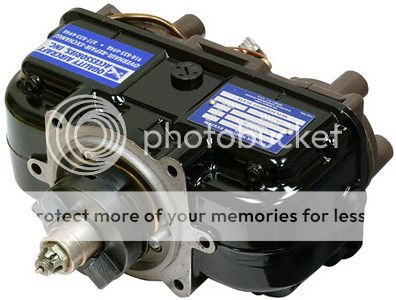It takes a lot of fuel to start a cold engine. I use no prime in summer and may use 6 or more strokes in winter depending on my preheat. And probably a couple more slow strokes to keep the mill spinning after initial start.
This is an injected engine, though, and a couple of days before and only about 10ºF warmer if that, my normal priming sequence (mixture rich, throttle three twists in, pump on, smoothly pull mixture to idle cutoff after 2-3 seconds) resulted in a quick start.
That said, when you prime cold cylinders you shoot raw fuel into them. In cold temps that fuel doesn't vaporize well. The potential to wet foul a plug is increased. If the engine tries to fire and quickly quits you may have "frosted" the plugs. The cold cylinders flash heat and make steam on the first combustion cycle(s). That steam instantly condenses on cool surfaces, and your plugs are very reactive to condensation/flash frosting. If that happens nothing will fire normally and nothing but heat and time will cure the problem.
I thought of that, but if all the plugs were frosted I'd never have been able to start the engine, right?
Don't assume you have a component failure. You may have your first experience at what inadequate preheat starting procedures can do. At -19F I wouldn't expect 50w bands to be very effective at heating those cylinder heads.
It was -19ºC on the ATIS, or about -2ºF.
I don't think the engine was too cold, it had been plugged into the heater with the cowl plugs in and blanket on since 2 days earlier when I last flew it, so it's not like it started from cold-soaked and had to heat it up.
My experience has been that leaving electrical heaters running 24/7 on cold engines causes more problems than it solves. This has been my findings in aircraft, marine, construction, and farming experience.
Specifically to aircraft engines, the cylinders at the prop will have differential cooling due to the prop sucking the heat. So warmer parts of the engine will release water vapor and the cooler parts will condense it causing rust.
Not saying that this is the root of your immediate problem, that remains to be seen.
This has been debated ad infinitum in other threads. There are times where 24/7 heating is appropriate and times where it's not, so the absolute yes/no arguments that ignore the other variables aren't worth having - So I'm not gonna start here.

With a conventional key start airplane you're only firing on one mag in the start position so as those cylinders popped and you kept cranking you were only frosting one plug per cyl. At least initially. Heat it up well and I'll bet it starts and runs just fine. It may need a good runup to clean it out but probably nothing more. Let us know what happens.
Y'know... I can't be certain any more, but I cranked for probably 15 seconds twice with a break in between, and I think the engine may have started when I gave up the second time - So when I released the key, maybe the engine still had just enough momentum that the other mag was able to start it.
I'm not sure whether my plane starts on both mags or just one.


